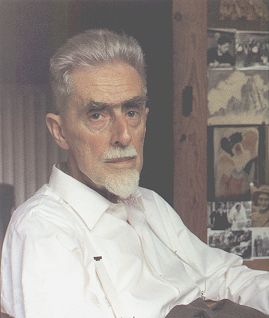|
|
|
 Maurits Cornelis (M.C.) Escher was born on June 17, 1898, in Leeuwarden (Holland).
Drawing was his favorite subject at school, and in youth age he became acquainted with linocut.
In 1921, Escher and his parents visited the Riviera and Italy. Unimpressed by
the tropical flowers of the mediterranean climes, he made detailed drawings of
cacti and olive trees. He also sought out high places and dramatic vistas to
sketch, some of his later works were influenced by these sights. Later he returned to Italy.
Maurits Cornelis (M.C.) Escher was born on June 17, 1898, in Leeuwarden (Holland).
Drawing was his favorite subject at school, and in youth age he became acquainted with linocut.
In 1921, Escher and his parents visited the Riviera and Italy. Unimpressed by
the tropical flowers of the mediterranean climes, he made detailed drawings of
cacti and olive trees. He also sought out high places and dramatic vistas to
sketch, some of his later works were influenced by these sights. Later he returned to Italy.
During one of the next travels he visited Alhambra (Spain), where he met with traditional arabic art. In 1923, he married to daughter of swiss manufaturer Jetta Umiker. They had lived in Italy more than ten years, and in 1935 they moved to Switzeland and later to Belgium. In 1936 Escher visited Alhambra for the second time, again studying the Moorish tilings. From this time he concentrated in drawing of mosaic. Next year he created his famous artwork "Metamorphosis"
In 1940 after Escher's mother death he moved to Nazi army invaded Holland and settled in Barn, where he had living until his last days. Escher gained popularity after the end World War II. During 1950 and 1960 he created the most famous artworks with tilings and impossible constructions. At the beginning of 1960s Escher delivered a series of lectures in North America.
Disregarding poor health Eschers continied work until the beginning of 1970s. He died in 1973.
Escher's work inspired numerous artists around the world. Among them are Jos de Mey, Sandro del Prete and Ostvan Orosz. Artworks of Escher have popularity among mathematians.
Offical artist's website http://www.mcescher.com
More about artist you can read in articles "Biography of M.C. Escher" and "Mathematical art of M.C. Escher"